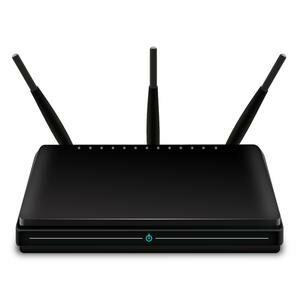
What is WiFi 6E?
WiFi 6E is a new WiFi standard that includes support for the 6GHz band (in addition to the 2.4GHz and 5GHz bands). The technology used is the same as on the 5GHz band, so the maximum speed is the same, 9.6Gbps.
Essentially WiFi 6E is the same as WiFi 6 but with the addtional 6GHz band included. The WiFi 6 standard is identified as 802.11ax. WiFi 6E will use the same identification.
What is the Benefit of WiFi 6E for Wireless Networking?
The main benefit is speed. The 5GHz band has a limited spectrum, which affects WiFi signals. Having the additional 6GHz band available will allow for more devices and faster connections. Remember that the 2.4GHz band offers more range, but the 5GHZ (and 6GHz) bands allow for faster connections.
In the 5GHz band, the spectrum is limited to about 400MHz, while the FCC is opening up 1200MHz of spectrum in the 6GHz band. That means the channel size will increase (7 channels of 140MHz), resulting in performance improvements, and even range benefits.
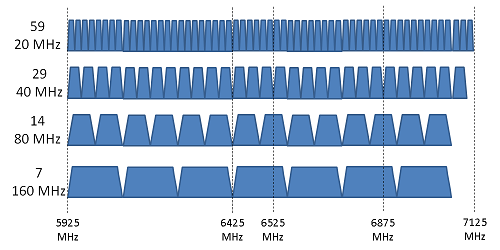
One of the main benefits that will come from the new WiFi standard is the improved support for MU-MIMO technology (Multi-User, Multiple-Input, Multiple-Output). This allows multiple users to access a wireless network at the same time. With more devices, more speed means better support for multi-user home networking, or online classrooms. This is great news in this time of the COVID-19 pandemic and good news for the Internet-Of-Things, where all home devices will be connected to the Internet.
The benefits of WiFi 6E will benefit services that need high-speed bandwidth, like video streaming, virtual reality and gaming.
Since WiFi 6 is backward compatible, new devices will still be compatible with older hardware, although the limitations of the older hardware will then apply.
Are There Any Limitations to this WiFi Standard?
Well yes. The 6GHz band is approved for unlicensed use by the FCC in the US. In other countries the use of the 6GHz band will also need to be allowed. For European countries, that could be expected this year. For other countries, the approval will also need to be given before the WiFi 6E can be used. UK and South Korea are other early adopters of the standard.
When Will WiFi 6E be Available?
Manufacturers have already started adopting the new WiFi 6E standard and are supporting it in their devices. Companies like Intel, Realtek, Broadcom and Qualcomm have committed devices to be compatible with the new standard. Router companies like Netgear and Linksys will also support the new standard in their new or updated products. Cell phone companies will also adopt the new standard based on its approval in various countries.
Support for WiFi 6E is starting to be available this year. Samsung is expected to include support in their new Galaxy S21 series phone, and others will surely follow soon.
The same applies to routers and network cards. Netgear routers with support for WiFi 6E are expected in Spring 2021. TP-Link, Asus and Linksys routers will also be available during Spring or Summer of 2021.
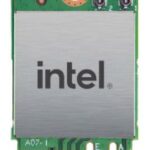
The card has a M.2 2230 interface, so you’ll need a motherboard that supports a M.2 WiFi module. But it supports the 802.11ax protocol.
Other manufacturers have also used the Intel chipset to create WiFi 6E cards, like the OKN Intel WiFi 6E AX210. Most new cards also support the Bluetooth 5.0 standard, and this OKN device even supports Bluetooth 5.2 (high-speed transfer, low latency).

TP-Link also has a range of WiFi 6E compatible devices available (router, mesh devices, PC card).
ASRock has also released new motherboards that support WiFi 6E (and Bluetooth 5.2). The Z590 Extreme WiFi 6E for example.
What Does this Mean for Windows 10 Support?
For Windows 10 support of the new WiFi 6E standard, all that is required will be a compatible device and updated device drivers. That means a laptop, notebook or portable device that uses a chipset with WiFi 6E support, or for a desktop computer, adding a wireless network card that supports the new WiFi 6E standard.
For the Intel AX210 based M.2 cards, the latest Intel Wireless drivers are required, which support the 802.11ax protocol.
For other manufacturers, updated drivers will need to be installed for the WiFi 6E compatible devices when they become available.
If you cannot manually find a driver for your WiFi 6E device, download DriverFinder and let it find a wireless driver for you automatically, and find updates for other device drivers at the same time.
How Can I See If I’m Connected to WiFi 6 in Windows 11?
To check if your PC is connected to a WiFi 6 network, simply check the properties of the wireless connection in Windows 11.
- Right-click the wireless icon on the right side of the taskbar (1).
- Click Network and Internet settings in the context menu (2).
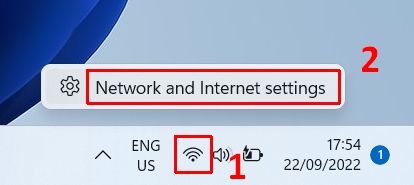
This will open the Settings window. - Click the Wi-Fi option to show the currently active wireless network.
- Next, click the properties option for the current wireless network (identified by the network SSID).
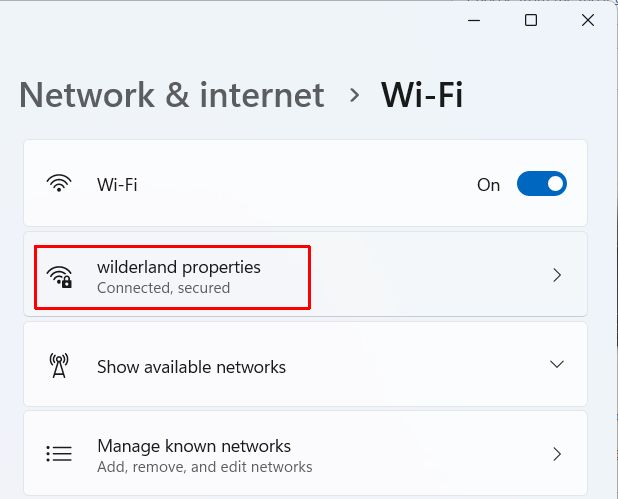
- Scroll down to the section that contains the Protocol. It will show Wi-Fi 6 (802.11ax) when the connection is using the WiFi 6 protocol.
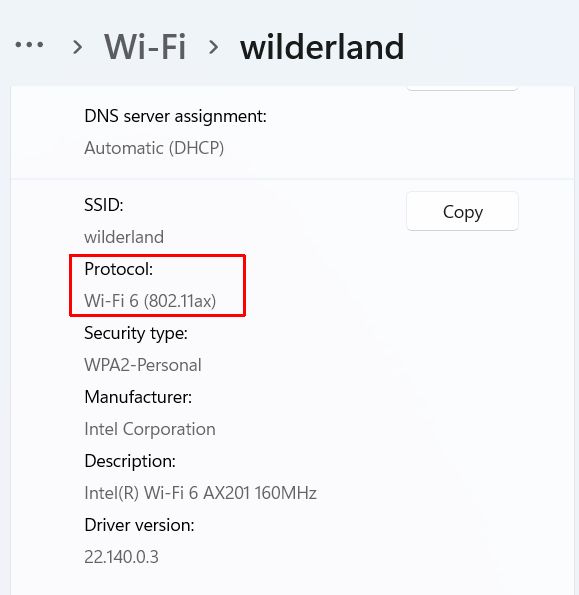
Tip: Further down in the wireless properties you can also see the driver version for your wireless adapter! - Close the Settings window when done.

